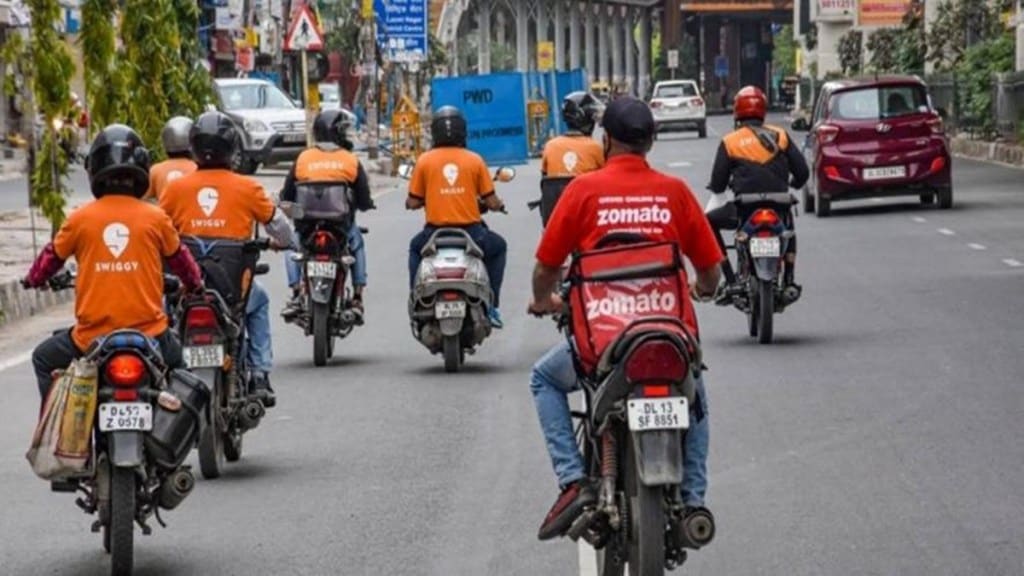Food delivery platforms are refocusing efforts on cracking the low-value order segment, typically under Rs 100-200, which accounts for nearly a third of all food delivery, as users become increasingly price-sensitive. Industry estimates suggest that at least 20-30% of online food delivery orders fall under the Rs 200 price point.
Swiggy recently launched the ‘99 Store’, offering select QSR items for Rs 99 with free delivery within a 2-kilometre radius. The service promises affordability but with longer delivery windows. Zomato had earlier attempted a similar strategy with “Zomato Everyday”, a home-style meals service, but shut it down in the fourth quarter of FY25 due to unviable economics. Still, the platform retains a “below Rs 200” filter, indicating sustained demand for budget meals.
The renewed push by incumbents comes as smaller players like Magicpin show traction in the segment. “We are now Ebitda positive in the food delivery business,” Anshoo Sharma, co-founder and CEO of Magicpin told Fe recently. Through its magic9 service, the platform offers meals starting at Rs 35 using hyperlocal vendors and the ONDC network. Magicpin claims it is now the country’s third-largest food delivery app with 150,000 daily orders.
Meanwhile, ride-hailing app Rapido has entered the fray with a pilot in Bengaluru for its food delivery arm ‘Ownly’. It uses a flat-fee model, with charges varying based on order value. For meals under Rs 100, the cost is split between restaurants and customers. But critics point out that at this tier, Rapido’s fees, totalling Rs 35.40, are higher than what customers pay on Swiggy or Zomato. This may have prompted Swiggy’s swift launch of the 99 Store as a counter.
To make low-cost deliveries viable, platforms are turning to algorithm-driven logistics and inventory management. Some QSR chains, for example, discount items like fries when nearing their optimal freshness window and pair those with reduced commission rates for restaurants. Batching multiple orders in one delivery run is also being explored to cut per-order costs.
However, analysts say this model works best with standardised food preparation processes, limiting its scale beyond chain outlets. “Most restaurants are listing items on platforms at a higher price than offline to make up for commissions. Second, add-on charges for the customer have increased. All of this combined is resulting in customers ordering in lesser frequency,” said Satish Meena, adviser at Datum Intelligence.
The pressure to court budget-conscious users is rising as food delivery units shoulder the profitability burden while both Swiggy and Zomato face mounting losses in their quick commerce businesses. Data from Kotak Institutional Equities shows a shift in cost structures. Swiggy’s restaurant take rate rose from 20% in early 2023 to 25.4% by March 2025, while customer delivery fees dropped from 4.4% to 3.2%. Zomato saw similar trends, with restaurant commissions rising to 21% by 2025.


